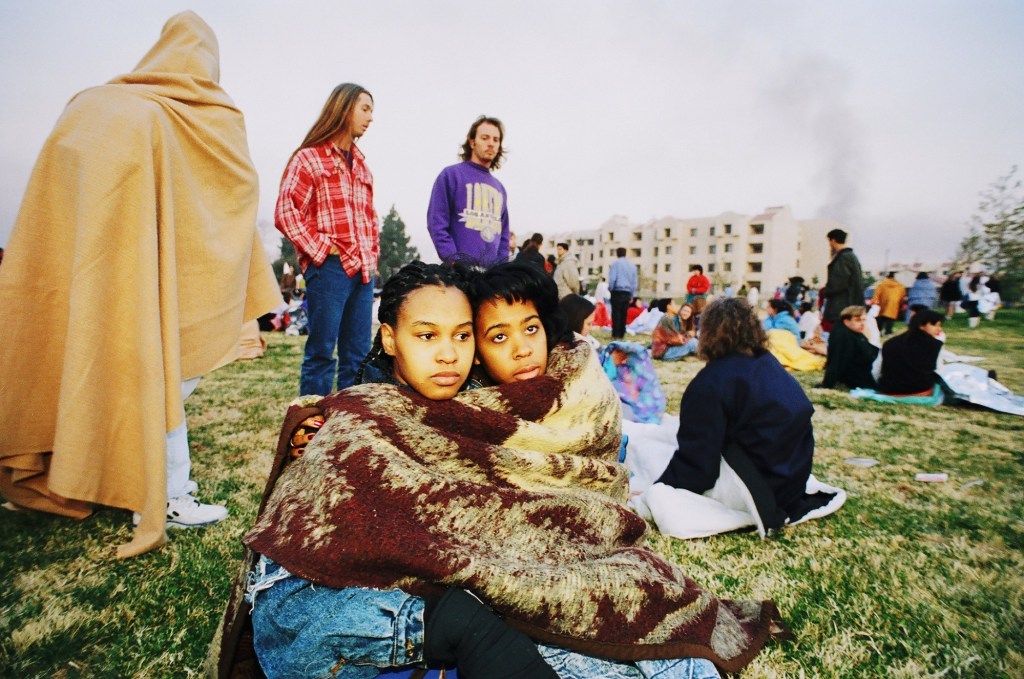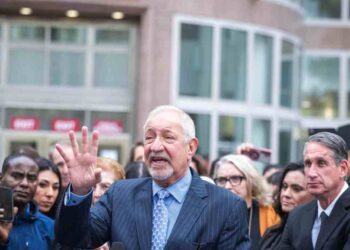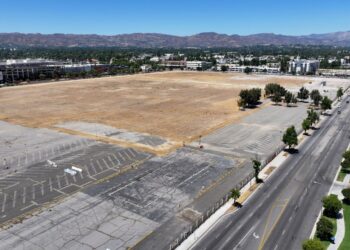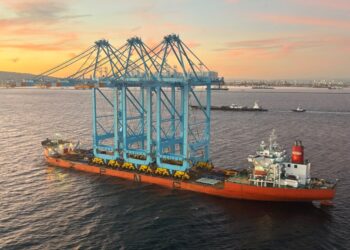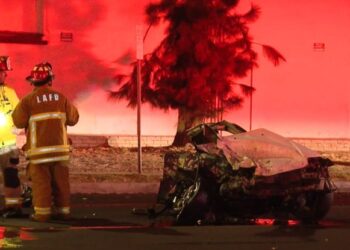Melanie Williams taught business law at Cal State Northridge 30 years ago, when the most powerful earthquake to strike an urban area since 1933 damaged all 107 buildings on the campus in the San Fernando Valley.
The parking garage was flattened. Though its core remained intact, the 1980s-constructed wings of the library became a mix of twisted metal and crumbling cement. Hazmat crews extinguished a fire in the chemistry labs.
All told, 51 main buildings were severely damaged.
While most recommended that the university close down for awhile after the Jan. 17, 1994 temblor, CSUN president Blenda Wilson was adamant that classes resume as soon as possible. The campus reopened exactly four weeks later. Wilson had ordered giant blimp-like tents for the administration and more than 350 trailers for classrooms, bathrooms and faculty offices.
Business law professor Williams remembered, “They told us we could get into our building for one hour.”
So she climbed up the stairs to the fifth floor of the damaged building to retrieve her teaching materials and was met by a security guard backdropped by nothing but blue sky.
Her office was the last one standing on that floor. She pushed open the office door and saw bookshelves, filing cabinets and resource materials piled on the floor. She retrieved the books needed to teach her upcoming class but the floppy discs containing her lesson materials were damaged and useless.
Her colleague, a philosophy professor, asked the guard to let her into her office, Room 526. “The officer said, ‘Ma’am it is gone.’” But she kept asking to go to her office, unable to contemplate the fact that the wing of the building with her office had been sheared off by the power of the 6.7 magnitude quake.
“It was in rubble on the ground,” Williams said on Tuesday, Jan. 9.
And so began the start of the 1994 spring semester at CSUN, which sustained $350 million in damage, the highest dollar toll from a natural disaster of any…
Read the full article here

